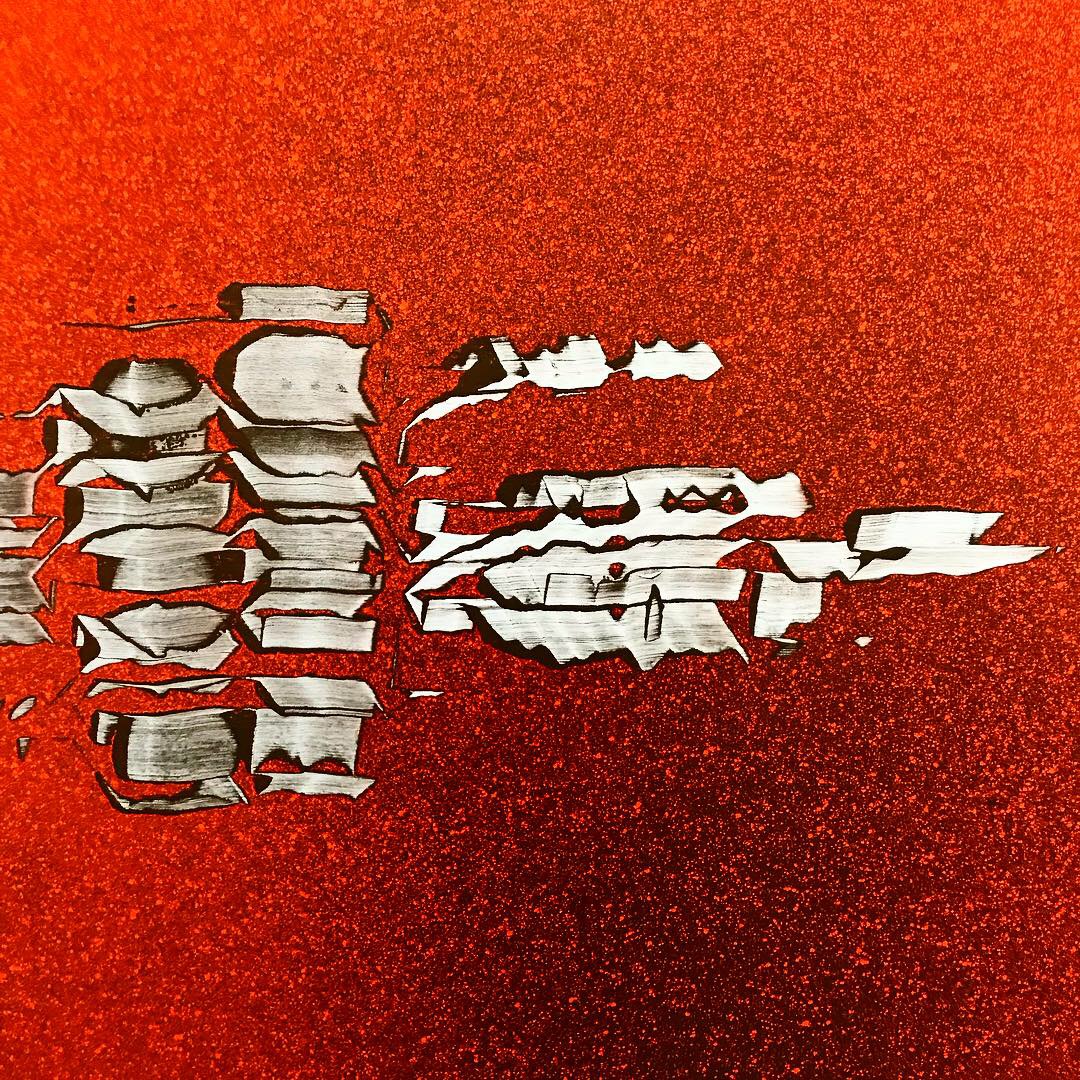
“If art be play, it’s only because of all life is play, in the beginning,” wrote philosopher George Santayana over a century ago.
Art is the sketch you doodle, the made-up melody you sing to yourself as you fold laundry. It is the act of expression, executed in a quasi-formless format only of secondary interest. Art is just as much a universal human tendency as collecting objects, or burrowing. It is good.
“That art is, prima facie and in itself, a good can’t be doubted. It is a spontaneous activity, and that settles the question,” so wrote the philosopher, in “Reason in Art."
But what is art good for? And what art is ‘good’ art?
The person who in a moment of idleness twists a branch of flowers into a wreath has created a decorative art. “The miracle in creation, or inspiration, consists of nothing but this: that an external effect should embody an inner intention,” he wrote. When the form is utilitarian, it acquires an intrinsic value. Art is born from the need to humanize and rationalize objects.
"Reason in Art"
By George Santayana, 1905
The muse is hopelessly fickle, inward-focused, and has no concern whatsoever in bettering our existence. But at the same time, it provides a "spiritual dignity" (as Santayana put it) not found elsewhere, something that becomes representative and expresses an ideal.
The art that sticks with us “creates figments most truly representative of what is momentous in human life,” Santayana wrote. The arts that don’t resonate, and aren't sustained in the world by manifestations of themselves, grow dormant, while the successful art is fed by its subsequent realizations.
And when a piece of art loses its vitality in our eyes, it is not because of age, but by its insignificance. "Art becomes rudimentary not by age but by its irrationality,” Santayana wrote.
![]()
Life is primarily about a set of feelings. We are often fooled into thinking what gives life value as external to life itself.

Art comes to us through these feelings, in what Santayana calls “warm moments.” These are fleeting but they leave artifacts, in the form of physical artworks we remember and idolize, as well systematic opinions that last entire lifetimes.
"Half our standards come from our first masters, and the other half from our first loves," he wrote.
Art is not about the artwork itself, which is but a husk of the original creative spark. “What we call museums, mausoleums rather, in which a dead art heaps up its remains—Are those the places where the muses intended to dwell?” Santayana asked. “A living art doesn’t produce curiosities to be collected but spiritual necessaries to be defused.”
And yet, for the artist, capturing a moment of brilliance offers no guarantee of future success. “A complete mastery of existence achieved at one moment gives no warrant that it will be sustained or achieved at the next,” Santayana wrote. "The art of the past is powerless to even create similar art in the present, unless similar conditions recur independently."
And there are so, so many ways the artist with even the purest intent can produce less-than-optimal art.

An artist can fall prey to hubris, assuming what worked well in the past will work again. This can be particularly hazardous for those who taste success early. "A will that never found anything to thwart it would think itself omnipotent," Santayana wrote.
Every person’s thinking runs along a guided trail of their own clearing. "Perception and imagination are themselves automatic, and run in grooves, so that only certain forms, in certain combinations, will ever suggest themselves to a given designer," Santayana wrote. They will see any beauty outside of this range as being wrong somehow. This is a trap.
"While men may develop their early impressions more systematically, and find conformation in various quarters, they’ll seldom look at the world afresh, or use new categories in deciphering it," Santayana wrote.
![]()
The only way forward with art, Santayana argues, is with a full honesty of the self, along with a good reading of the world.
“A happy result can be secured in art, as in life, only by intelligence," he argued. "Intelligence consists in having read the heart, and ciphered the promptings latent there, and then in reading the world and deciphering its law and constitution, to see how and where the heart’s ideal may be embodied.”
The artist in her truest state is always creating, always expanding her understanding and feeding that understanding back into the art. There is never a need for a retake.
"The ideal artist, like the ideal philosopher, has all time and all existence for his virtual theme,” Santayana wrote. --Joab Jackson
Artwork by Tauba Auerbach, Paula Cooper Gallery, New York.